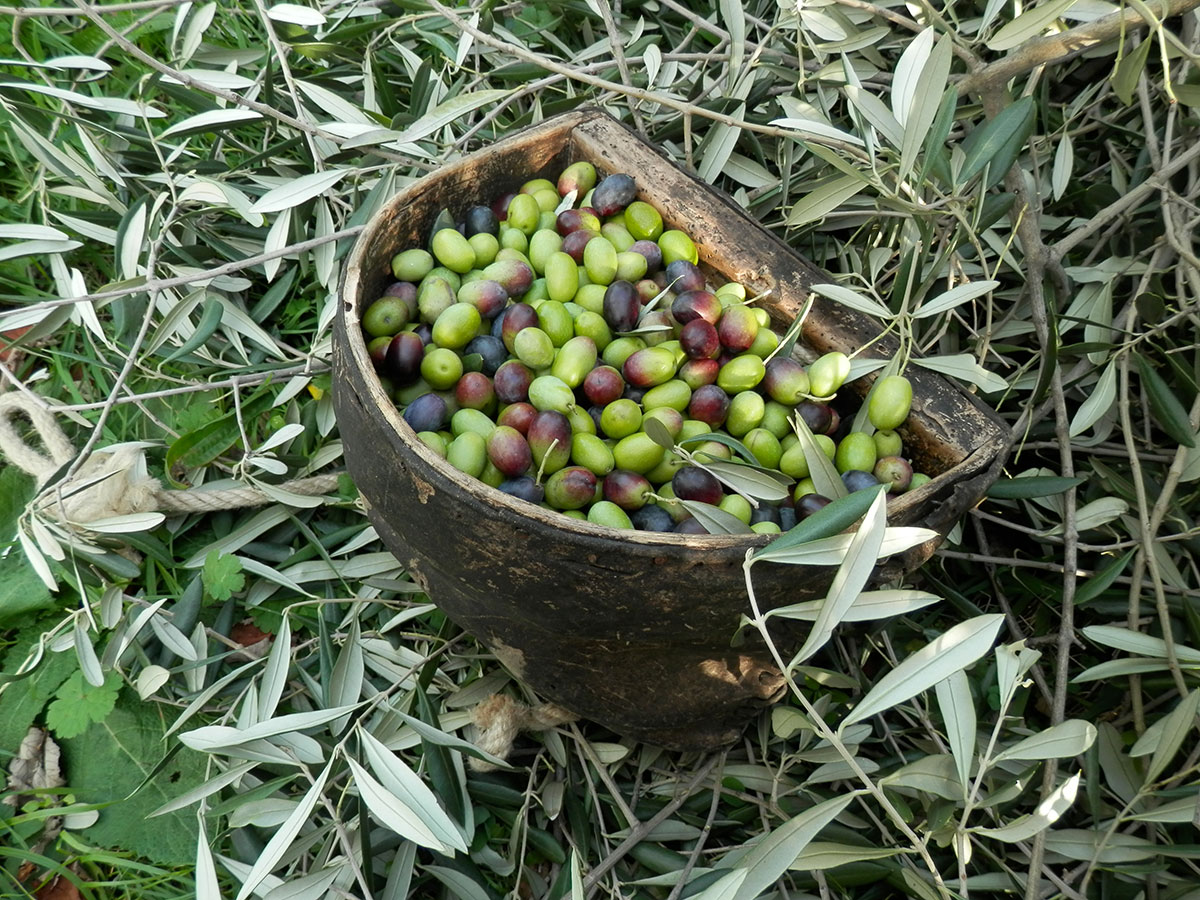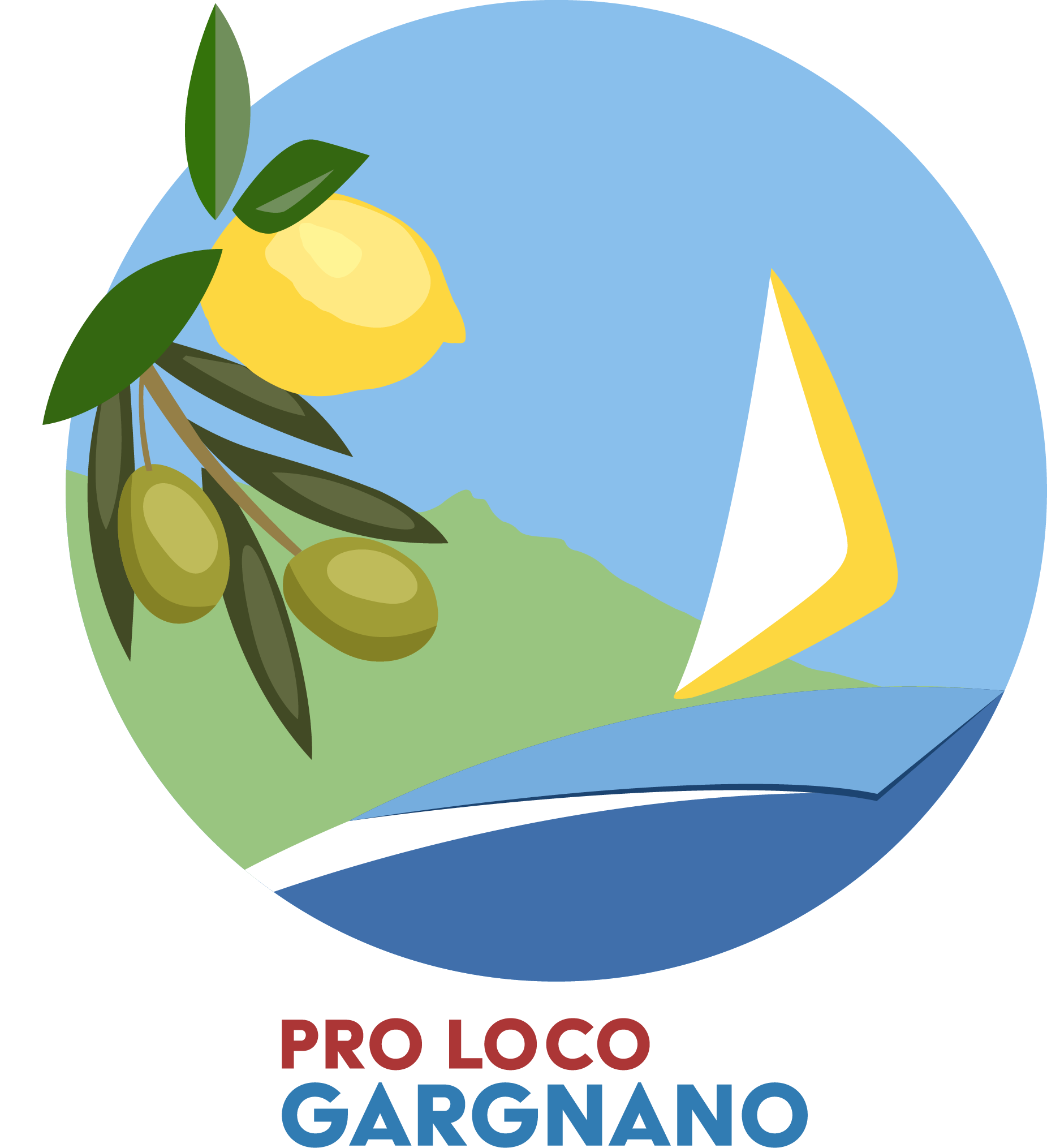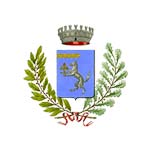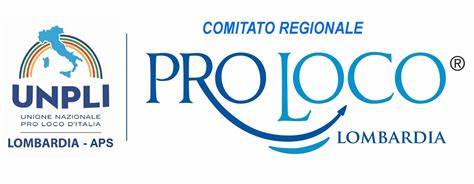Olive Cultivation

Compared to citrus cultivation, which requires complex work systems and high construction and maintenance costs, an even larger area was dedicated to the more easily grown olive groves. Olive trees were introduced to the area in ancient times and can be found in the Municipality of Gargnano and throughout the upper Lake Garda area. As for citrus farms, olive groves also required the significant transformation and anthropization of the landscape: over the centuries the mountain slopes were shaped into ridges and terraces with dry stone walls in order to better exploit the local geomorphic characteristics. The trees, planted along the terraces, were grown vertically so that the maximum amount of land surface could be taken advantage of and be most suitable for the plant.
It should be noted that the upper Lake Garda olive farms are of ancient origin, even though the exact date of their introduction to the area for cultivation is not well-documented. In 1599 Bongiani Grattarolo wrote that the olive trees in the Benaco area “contend with the antiquity of the marble of the first Romans”.
Olive groves do not require the intensive farming generally associated with fields, vineyards, laurels, other fruit trees and forests (though they do incur considerable construction costs) and are profitable. For this reason, by the nineteenth century, olive oil production for both local use and export had reached 3,000 quintals per year in the Municipality of Gargnano alone. Many olive groves are still maintained and productive in Gargnano, where the trees are of considerable size and interest.


 OFFICE
OFFICE

